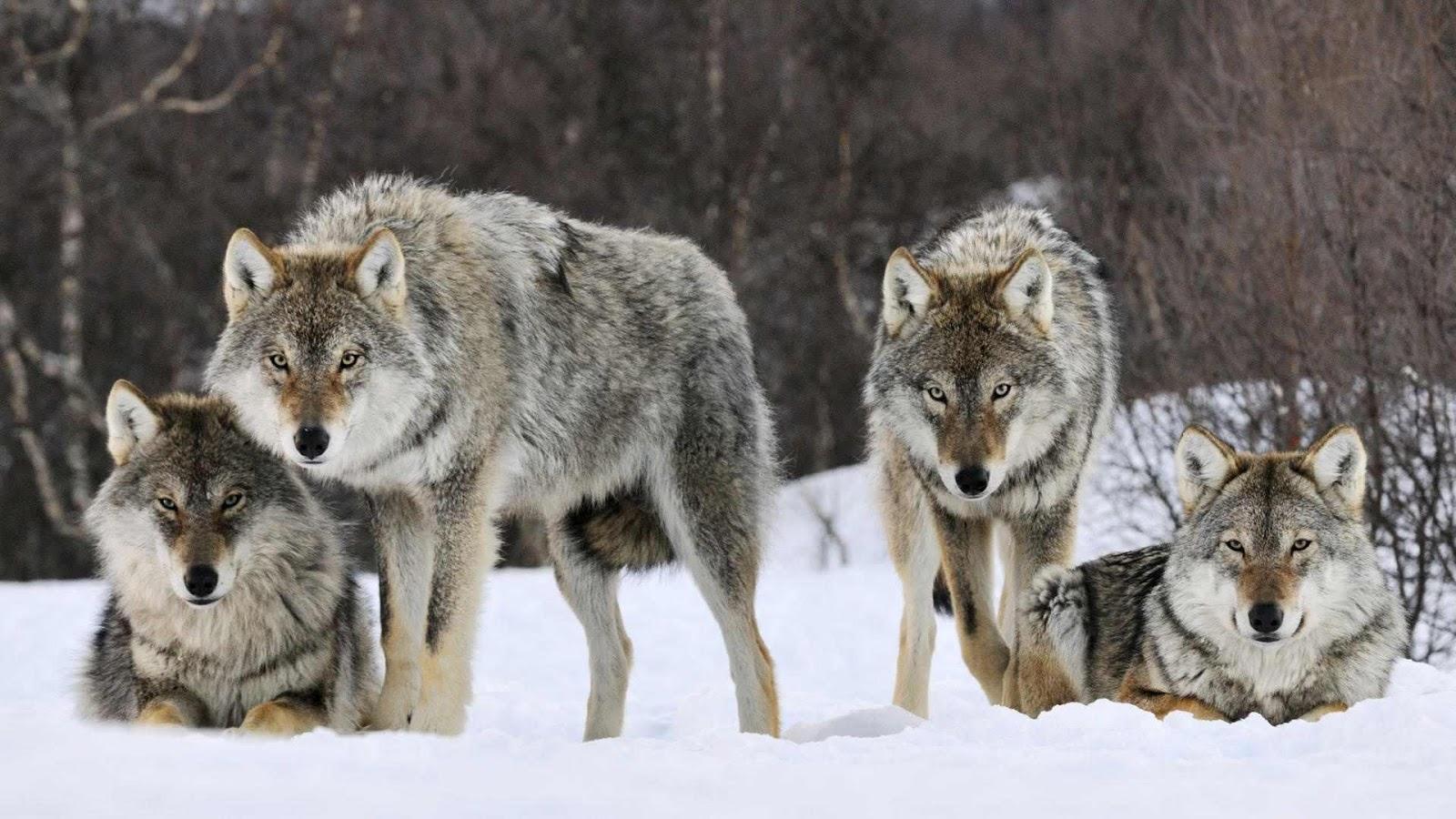Wolves Repopulate Massachusetts

Before Europeans arrived in North America, what is now the 48 contiguous states, i.e., all but Alaska and Hawaii, was home to an estimated 250,000 wolves. And 10 to 20 million deer. Nowadays the estimates are 5,500 wolves, and 25 to 30 million deer. There has been lobbying to restore wolves to the east, much as was done for bald eagles, but no action expected in the near, middle or distant future. Because it is one thing to restore the national symbol, and another to have the big, bad wolf wandering about the Berkshires.
The anti-wolf movement started ten years after the Mayflower landed. In 1630, the Massachusetts Bay Colony approved a bounty for each wolf killed. Other colonies followed suit, at times switching back and forth between bounties paid to anyone and professional hunter/trappers. The first cause for this animosity was to stop depredation of domestic animals – cattle, sheep and pigs. Wolves had been eradicated in England and Scotland long before colonization to the Americas, so while the settlers had folklore of the depredations of wolves, actually losing livestock was a rude jolt.
By 1840 there were no more wolves in Massachusetts. Henry David Thoreau had lamented that of New England’s wild life, nothing larger than foxes remained. Wolf extirpation followed in neighboring states, so by 1900 there were no more wolves in New England.
The practice of killing wolves to make land safer for pastured sheep and cows shifted west as Americans moved west. In time, a second cause evolved. The early decades of colonization treated wildlife as an inexhaustible resource. Deer were hunted for family consumption, but also for the market for meat that grew as cities grew. In time, game became scarce, hunting for market was banned and the concept of licensed sport hunting matured. Wolves were hunted, trapped and poisoned so there would be more deer and elk to be shot for sport. Anti-predator attitudes extended to mountain lions and coyotes.
What was learned, slowly, was that without apex predators, herbivores will multiply to beyond what the greenscape can support. Starting in 1994, a great experiment was conducted in and around Yellowstone National Park. Thirty wolves were trapped in Canada and released in the Park. Within ten years the population peaked at approximately 300. It has since declined to half that due to pack-to-pack competition for territory and out-migration. The elk population declined from 20,000 to what may be a stable 5,000. Mule deer, moose and bison populations showed little change. Spending by hunters is way down, but is more than compensated by wolf-related tourism.
There have been other interesting consequences. The coyote population has been halved, but the grizzly bear and cougar populations stayed stable. Bald eagles and ravens – scavengers at wolfkills – increased in number. With the end of over-grazing by elk much plant life recovered, bringing biodiversity.
The concept of “ecology of fear” came out of this experiment. When animals continuously fear predators, behavior changes. More time spent on surveillance and staying nearer to safe havens means less time eating. Less time eating slows growth and reproductive success. Locally, our examples of animals without fear include turkeys and geese.
There are proposals to restore wolves to upstate New York and northern Maine, which in time would result in populating surrounding regions. A big question: Will wolves attack people? Nineteenth century newspaper accounts describe wolf packs attacking and eating children, adults, even armed adults who managed to kill some of the wolves before dying. Wolf attacks on humans are very rare now, but the main cause is that wolves are rare. What is being reported are increasing numbers of attacks on dogs. Hunters that use off-leash dogs for licensed bear hunting are reporting dog kills in Idaho, Wisconsin and other states. Pet dogs have been taken in parks in Minnesota.
There is an argument for a net benefit from restoring wolves to the east. Currently, 150-200 people die each year from vehicle collisions with deer. Restoring wolves would reduce that number, perhaps at the cost of 1-2 deaths per year from wolf attacks. Logical? Yes. Emotionally reassuring? No. One solution would to be equip a wolf or two per wolf pack with a GPS device and have a wolf app on your smart phone.
Not in the newspaper column: In 2007 a wolf was shot in Shelburne, Massachusetts, after reports of an animal killing sheep and lambs. DNA testing confirmed the 85 pound male animal as a gray wolf. The nearest known wild wolf population was in Canada, some 350 miles away. Back in elk country, the estimates are that wolf packs will kill 22 elk or other large ungulates per wolf per year. Deer being much smaller, it could mean more than 50 deer per wolf per year! Meanwhile, there have been scores if not hundreds of documented coyote attacks on humans, sometimes by rabid animals and sometimes not. Two attacks have resulted in deaths – a three year old child (1981), and a 19 year old woman (2009). Rabies more commonly affects raccoons, skunks and foxes, but can cross to coyotes. A common sign of rabies is a loss of fear of natural predators (and humans), abnormal behavior, such as being active during daylight hours for a species typically nocturnal, and aggressive biting.
This was a original post from Wednesday, May 10, 2017 LIFE OUTDOORS had some really good points on this i find this to be very interesting !!
Tell us what you this about Wolves Repopulate Massachusetts do you see something like that working i personally see disaster and loss of human life we can barely live along side of the coyote attacks are on the rise !!


nockedup Massachusetts outdoors.